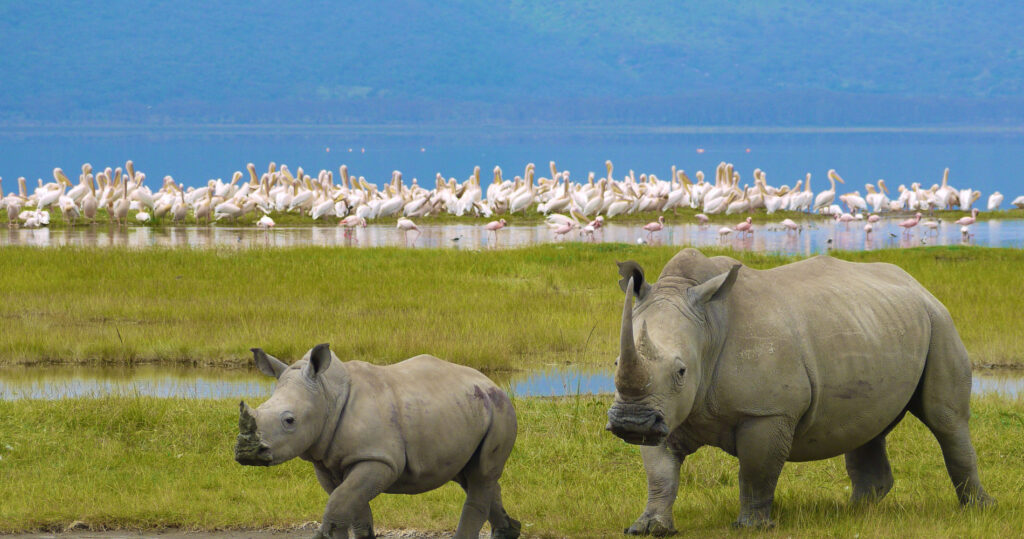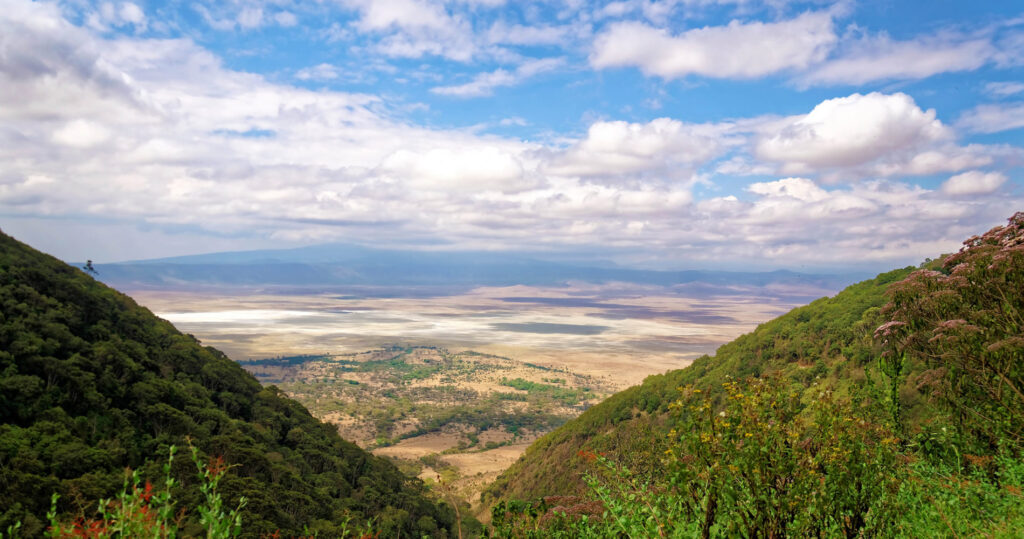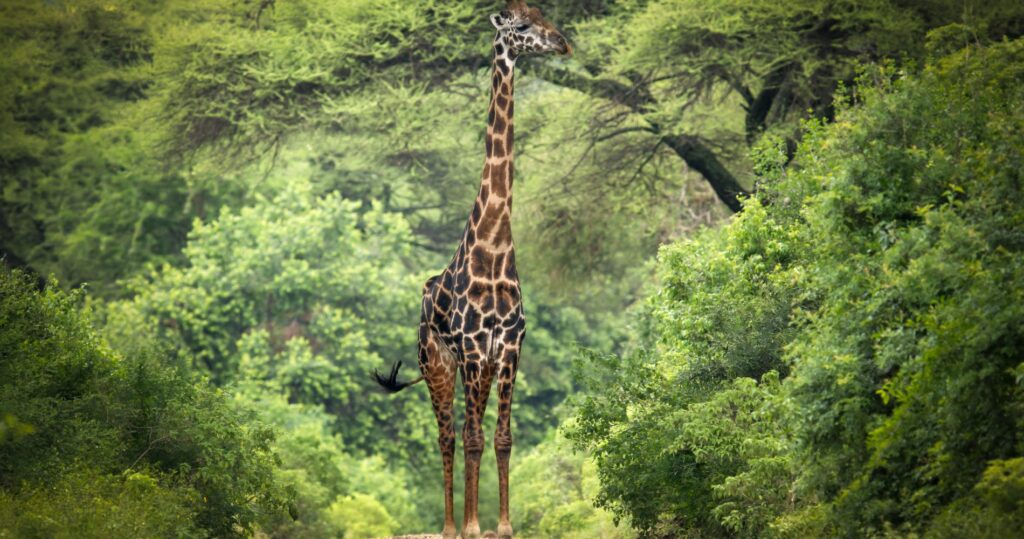- Moshi - Tanzania
- +255 744 916 820
- info@wildrhythmadventures.com
Menu
Mountain Climbing
- Kilimanjaro Climbing
- Mt Meru Climbing
- Ol doinyo lengai
- Zanzibar Vacation
The Ngorongoro Conservation Area spans from Serengeti National Park in the north, to the Great Rift Valley in the east. In total, the conservation area covers more than 8,000 km² (3,200 sq. miles). It consists of the Ngorongoro Crater, Ndutu, Olduvai Gorge, Empakaai, Olmoti Crater and Oldonyo Lengai Mountain. The mix of forests, valleys, savannah, craters, lakes and swamps is home for a wide range of animals.
At the heart of the Ngorongoro Conservation Area lies the famous Ngorongoro Crater, a stunning caldera formed millions of years ago after a volcanic eruption. The crater is the world’s largest unbroken volcanic caldera, and its floor is home to an abundance of wildlife, including the Big Five—lions, elephants, buffaloes, leopards, and rhinoceros. Visitors are drawn to the crater for its breathtaking landscapes, rich biodiversity, and the chance to witness some of the most incredible wildlife encounters in the world.
Ngorongoro is not just about natural beauty—it’s also home to the Maasai people, who have coexisted with the wildlife for centuries. The conservation area is one of the few places in Africa where human settlement and wildlife conservation go hand in hand. The Maasai continue to practice their traditional way of life, herding cattle alongside elephants, lions, and other wild animals.
This coexistence creates a truly unique cultural and ecological experience, where visitors can immerse themselves in Maasai culture while witnessing the natural wonders that have made Ngorongoro famous.
Whether you’re on a safari tour, a guided walk, or just exploring the crater rim, Ngorongoro offers some of the most exciting wildlife encounters in Africa. The area is home to a wide variety of animals:
With its rich ecosystem and diverse wildlife, Ngorongoro is also a haven for birdwatchers. Over 500 species of birds call this region home, including flamingos, eagles, and vultures.
Ngorongoro Crater Safari
A game drive through the Ngorongoro Crater is a must-do activity for anyone visiting the area. The diverse terrain, from savannah to wetlands, offers a variety of wildlife sightings, including the rare black rhino.
Maasai Village Visits
Take a guided tour to a Maasai village and learn about the traditional culture and practices of one of Africa’s most fascinating indigenous groups.
Crater Rim Hikes
Hike along the rim of the crater to take in stunning panoramic views. The landscape is mesmerizing, and you may also spot wildlife like buffaloes and baboons along the way.
Olduvai Gorge
Explore Olduvai Gorge, one of the most significant archaeological sites in the world, where evidence of early human ancestors was discovered. The gorge is often referred to as the “Cradle of Mankind.”
Bird Watching
With over 500 species of birds, the area is a birdwatcher’s paradise. From the bright flamingos on the soda lakes to the eagles and vultures soaring over the crater, birdlife is diverse and abundant.
Ngorongoro is not just a tourist destination—it’s a critical site for conservation. The Ngorongoro Conservation Area Authority (NCAA) works tirelessly to protect the delicate balance between human and wildlife populations in the area. As a UNESCO World Heritage site, the Ngorongoro Conservation Area is recognized for its outstanding universal value and is a model for sustainable conservation in Africa.
When you visit Ngorongoro, you are supporting sustainable tourism that helps protect the environment, wildlife, and the local communities. By following responsible travel practices, such as respecting wildlife, staying on designated paths, and supporting eco-friendly lodges, you contribute to preserving this natural wonder for future generations.



